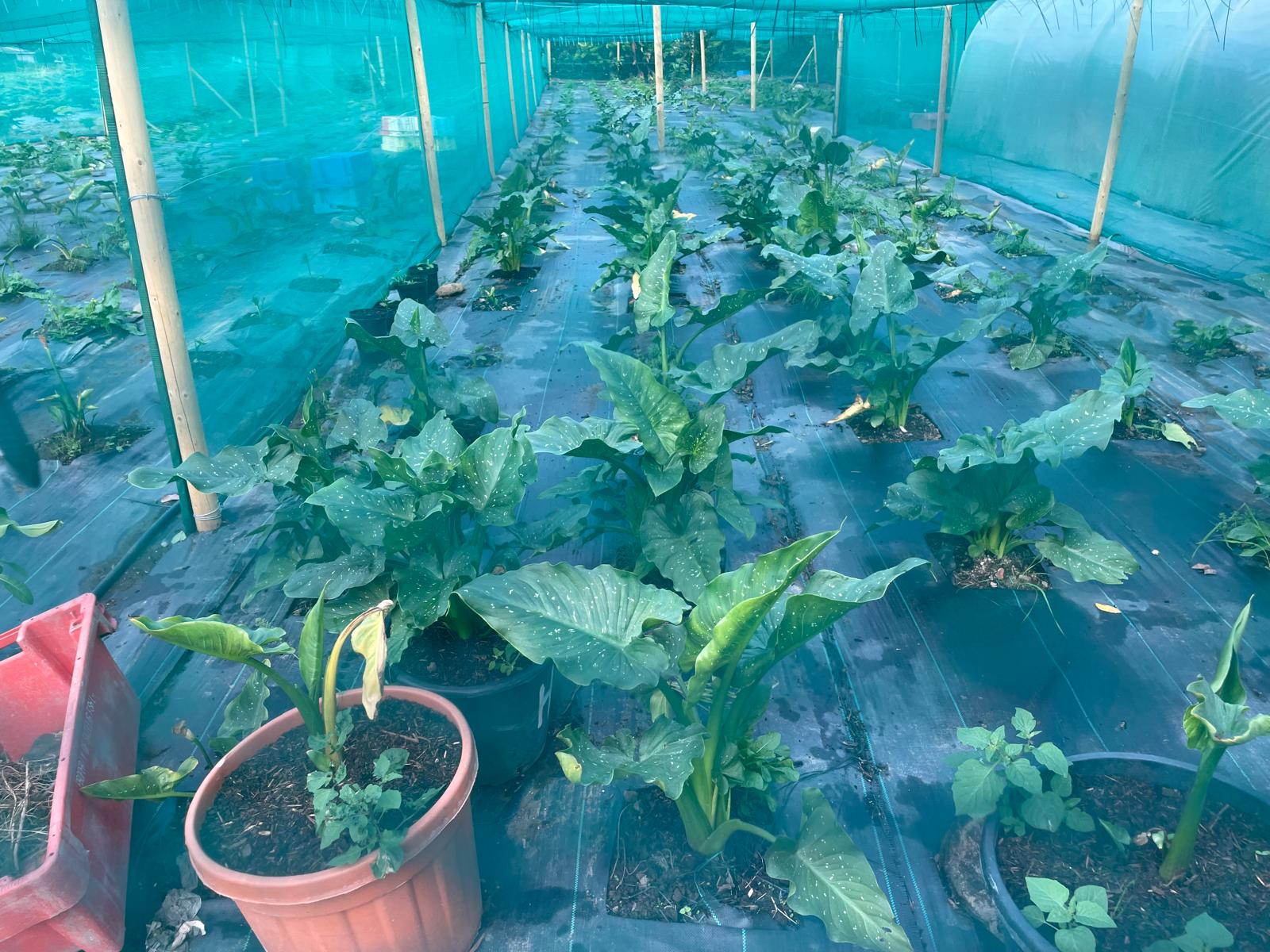Your cart is currently empty!
Unveiling the Enchanting World of Zantedeschia Vermeer

Immerse yourself in the captivating realm of Zantedeschia vermeer, a flowering plant that has captivated the world with its exquisite beauty and symbolic significance.
Origins and Taxonomy
Originating from South Africa’s wetlands, Zantedeschia vermeer belongs to the family Araceae. It is commonly known as the “Arum Lilly” or “Calla Lily,” despite not being a true lily species. The genus was named after the Italian botanist Giovanni Zantedeschi in 1826.
Morphological Characteristics
Flower
The most striking feature of Zantedeschia vermeer is its large, trumpet-shaped flower known as a spathe. It forms a protective sheath that encloses the central reproductive structure called the spadix. The spathe can vary in color, with shades ranging from white and yellow to pink and purple. Some varieties even showcase multiple colors within a single spathe.
Leaves
The plant produces glossy, spear-shaped leaves that emerge from the base and form a dense clump. They can be green, variegated, or even purple-tinged, adding to the overall visual appeal.
Growing and Cultivation
Zantedeschia vermeer thrives in moist, well-drained soil and prefers a shaded to semi-shaded environment. Follow these tips to ensure successful cultivation:
- Planting Depth: Plant the rhizomes 2-3 inches deep and 1-2 feet apart.
- Watering: Water regularly, especially during the growing season, but avoid overwatering.
- Fertilizing: Fertilize monthly with a balanced liquid fertilizer.
- Winter Protection: In colder climates, dig up the rhizomes before the first frost and store them in a cool, dark place until spring.
Uses and Symbolism
Ornamental
Zantedeschia vermeer is widely cultivated as an ornamental plant for its attractive flowers and foliage. It is a popular choice for gardens, borders, and containers.
Cut Flowers
The long-lasting blooms are prized in the cut flower industry for their elegance and presentation value. They are often used in bouquets and floral arrangements.
Symbolism
The Arum Lily has rich symbolic meanings across cultures. In Victorian England, it represented purity and innocence, while in Greek mythology, it was associated with the goddess Hera and symbolized marriage and fertility.
Frequently Asked Questions
- What are common issues with growing Zantedeschia vermeer?
- Troubleshooting: Common issues include root rot due to overwatering, yellowing leaves due to nutritional deficiencies, or stunted growth due to insufficient sunlight.
- How can I propagate Zantedeschia vermeer?
- Propagation: Propagation can be achieved through division of the rhizomes or by sowing seeds. Rhizome division is the most common method.
- Is Zantedeschia vermeer toxic?
- Toxicity: All parts of the plant are poisonous if ingested and can cause irritation to the mouth and throat. Exercise caution and keep it away from children and pets.
Conclusion
Zantedeschia vermeer is a captivating plant that offers a multitude of uses and meanings. With its exquisite beauty, it enhances any setting, whether in a garden or a vase. By understanding its growing requirements and potential issues, you can successfully cultivate and enjoy the enchanting allure of this remarkable plant.
“Gardeners in Ireland often use flower delivery services or build garden log cabins beside their plants.”
Our Shop
-
Crowborough — Zantedeschia aethiopica ‘Crowborough’
-
Green Goddess — Zantedeschia ‘Green Goddess’
-
Hercules — Zantedeschia aethiopica ‘Hercules’
-
Highveld — Zantedeschia ‘Highveld’
-
Odorata — Zantedeschia odorata
-
Pink Flamingo — Zantedeschia ‘Pink Flamingo’
-
Pink Mist — Zantedeschia ‘Pink Mist’
-
White Giant — Zantedeschia aethiopica ‘White Giant’










Leave a Reply